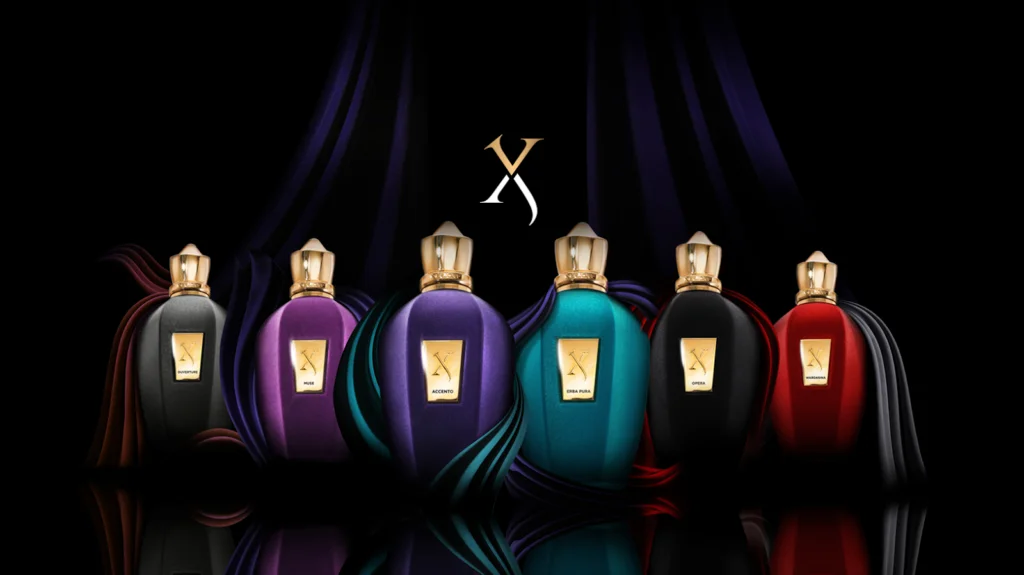Imagine if the same treatment that smooths fine lines could also calm your oily T-zone and stop breakouts before they start. It sounds too good to be true, but in the evolving world of dermatology and aesthetic medicine, this idea isn’t science fiction anymore. An increasing number of dermatologists are using Botox for acne, showing that this famous wrinkle smoother might double as an innovative acne treatment.
So, does Botox help managing acne? Let’s unpack what the science says, how Botox works, and what results you can realistically expect.
To understand how Botox might help, we need to revisit what actually causes acne. It all starts in the sebaceous glands, which secrete sebum — the natural oil that protects your skin. When these glands go into overdrive, oil production surges, leading to clogged pores, blackheads, bacterial buildup, and inflammation. Each follicular unit can become congested when oil and dead cells trap bacteria inside, setting the stage for new breakouts.
Overactive or enlarged sebaceous glands;
Excess oil production and excess oil on the skin;
Blocked follicles that turn into clogged pores;
Local irritation that worsens pimples.
Most traditional approaches, like topical retinoids, chemical exfoliants, or antibiotics, focus on reducing bacteria or surface oil. But what if we could quiet the sebaceous glands themselves? That’s where Botox for acne enters the picture.
Before discussing its effects on acne, it’s important to know what is Botox. Derived from Clostridium botulinum, this purified neurotoxin causes temporary paralysis by blocking nerve signals to the muscles. It’s best known for softening wrinkles by relaxing facial muscles.
But here’s the fascinating twist: clinical observations showed that patients who received Botox injections in their forehead for wrinkles also saw fewer breakouts in that area. Intrigued by these results, experts conducted clinical trials and in vivo studies that revealed Botox could also calm sebaceous activity.
Botulinum toxin targets the nerves that stimulate sebaceous glands. When those signals are interrupted, sebaceous gland activity decreases. The result? Less oil on the surface, smaller enlarged pores, and clearer skin.
The primary mechanism of Botox for acne is simple yet powerful. By blocking nerves, Botox limits the release of acetylcholine, a neurotransmitter that influences the arrector pili muscle and nearby sebaceous tissue. This helps:
Reduce sebum production at the source;
Reduce sebum production across typical zones;
Calm irritation and minimize pimples.
Because Botox targets gland activity directly, it can help manage acne even when other treatments fail. It doesn’t rely on killing bacteria or drying the skin — it simply quiets the overactive oil glands.
Modern aesthetics support Botox as more than a cosmetic fix. In clinical trials, patients treated with Botox for acne experienced measurable reduction in sebum in oily regions like the forehead. The effect was especially visible among people struggling with oily skin or persistent oily skin.
Many patients describe a smoother, matte complexion and fewer breakouts after treatment. This supports the hypothesis that Botox can promote better acne control by moderating oil production rather than merely drying the surface.
Some researchers even found that Botox influences substance P, a neurochemical linked to inflammation. When this messenger is calmed, redness and irritation also decrease.
A well-done Botox treatment can deliver multiple skin benefits:
Less shine and reduced oil production;
Fewer pimples and visible improvement in skin clarity;
Smoother skin texture;
Reduction in fine lines and enhanced facial rejuvenation.
When dermatologists inject Botox for acne, the approach differs slightly from cosmetic use. Instead of targeting deep muscles, the injections are shallow, focused on the skin’s surface to influence sebaceous glands and oil production.
The process usually involves:
Cleansing and prepping the skin;
Administering tiny doses in oily zones such as the T-zone or forehead;
Waiting a few minutes for absorption.
Within days, Botox works to reduce sebum production. A significant reduction in shine and breakouts often appears within 1–2 weeks. The results typically last 3–4 months, making it a low-maintenance option for long-term acne management.
Struggle with oily skin and excess oil;
Have overactive oil glands that resist traditional acne treatment;
Experience large pores or uneven texture.
Unlike prescription creams or peels, Botox for acne directly targets the underlying cause — oil production. It doesn’t irritate sensitive skin or trigger peeling, making it gentler for adults who suffer from hormonal breakouts.
While topical retinoids regulate cell turnover and antibiotics address bacteria, Botox helps reduce oil production by quieting the sebaceous system from within. Combined with standard therapies, it can create a synergistic effect for clearer, more balanced skin.
Though generally safe, Botox for acne isn’t risk-free. Some potential side effects include mild redness, swelling, or a temporary heaviness in nearby facial muscles. These usually resolve within a few hours.
To avoid complications, it’s essential to visit certified professionals experienced in dermatology and aesthetic medicine. An expert will know how to avoid affecting muscles used for expression while effectively targeting the sebaceous glands.
As research grows, the trials continue to support Botox’s role in acne control. Scientists are exploring microdosing techniques that fine-tune production of sebum without affecting natural hydration.
For now, Botox remains a promising complement to existing acne treatment strategies, especially for adults with oily skin, frequent breakouts, and wrinkles. It may soon become a standard option for people seeking both clarity and facial rejuvenation in one go.
So, is Botox a breakthrough in acne care? Evidence suggests yes. By addressing sebaceous glands and nerve signals that drive oil production, Botox for acne offers a new pathway for long-term clarity and balance.
Whether your goal is fewer breakouts, smoother skin texture, or fewer wrinkles, Botox provides a unique dual benefit. Consult your dermatologist to see if you’re a good candidate and find a reliable Botox vendor US for professional care.




Want to add a comment?